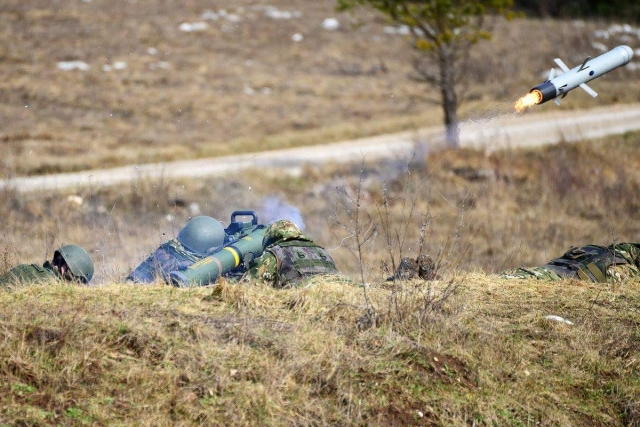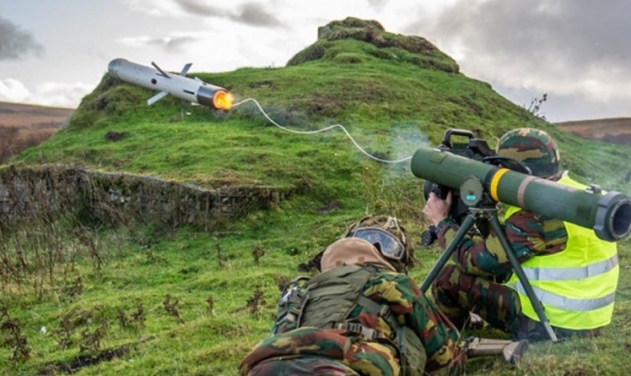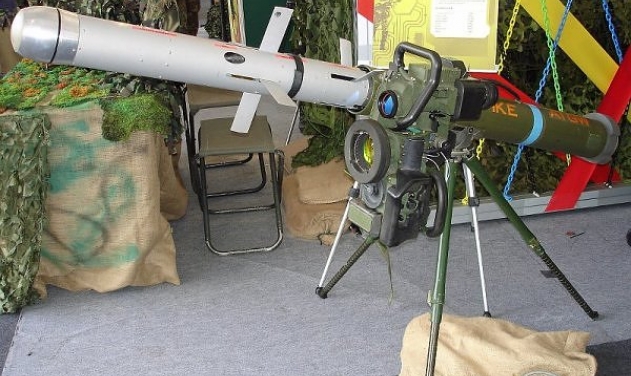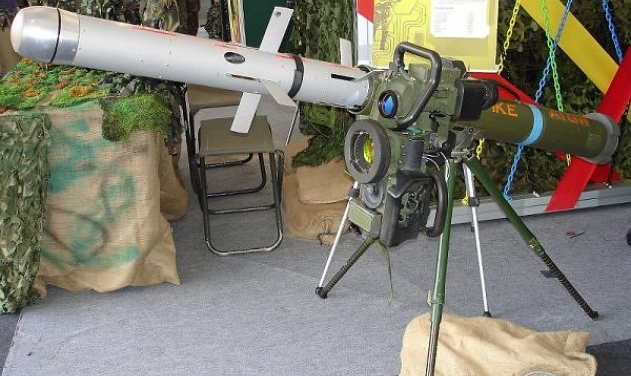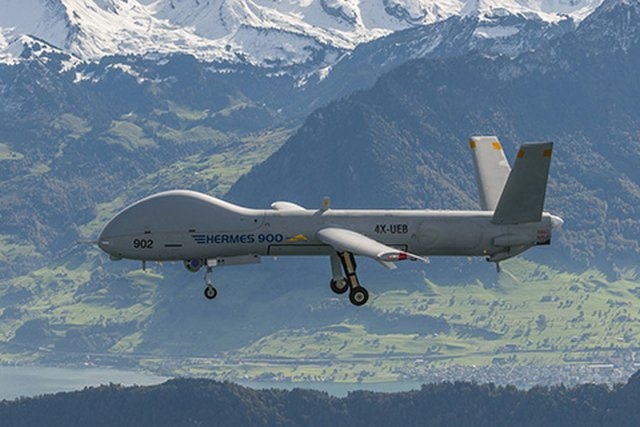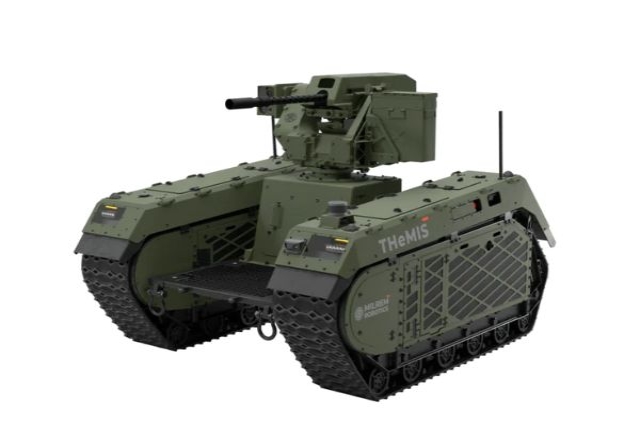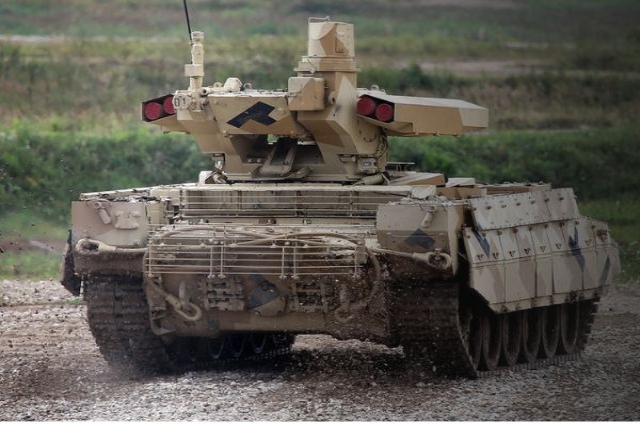Israeli ‘Spike’ Missile Test-fired from BAE Systems’ CV90 Infantry Fighting Vehicle
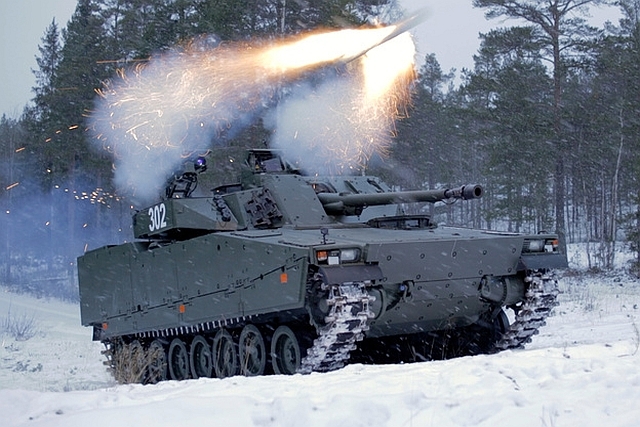
BAE Systems test- fired Rafael Advanced Defense Systems’ Spike-LR (long range) anti-tank guided missile (ATGM) from the CV90 Infantry Fighting Vehicle in a recent series of tests.
This advancement diversifies the CV90’s operational capabilities on the battlefield by enabling indirect fire at long distances or at air targets,a BAE Systems release said
The testing, which took place in difficult arctic conditions, used a Rafael Spike-LR (long range) ATGM mounted on a BAE Systems Hägglunds’ CV90 to defeat a target at more than 2,000 metres. The exercise marks the first time an integrated version of an anti-tank guided missile has been launched from the CV90.
The December testing took place in northern Sweden in below freezing temperatures with heavy snowfall and low visibility.

“This new capability can alter the battlefield dynamic and allows the warfighter to pack an even heavier punch,” said Dan Lindell, CV90 platform director at BAE Systems Hägglunds. “We look forward to continuing our collaboration (with Rafael) to provide present and future customers with this powerful addition to the CV90’s lethality suite,” Lindell said.
The long-range missile testing is yet another recent example of improved lethality on the CV90. BAE Systems is currently executing a Swedish government contract to provide a mortar variant of the CV90 called Mjölner that adds greater mobility to close indirect fire support.
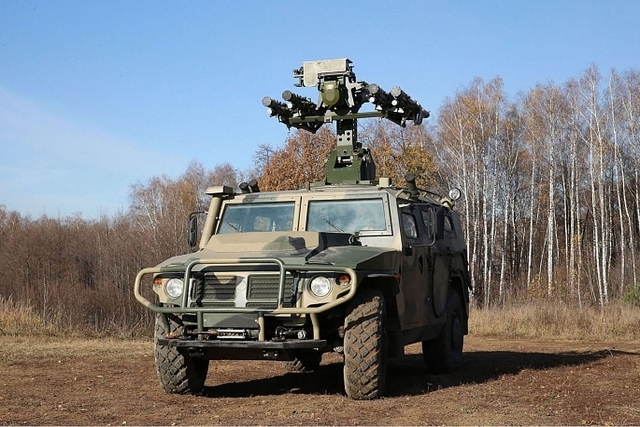
In an rising trend of firing man-portable missiles form surface vehicles, Russia has finished state trials of a new close range air defense mobile system, Gibka-S which uses missiles from Verba or Igla man-portable air defence system (MANPADS) installed on Tiger 4x4, multipurpose, all-terrain armoured vehicle.
The new type of weapon can fire MANPAD size projectiles at extremely low-flying objects that are not picked up by defensive radars such as drones, helicopters and ground-attack aircraft.
